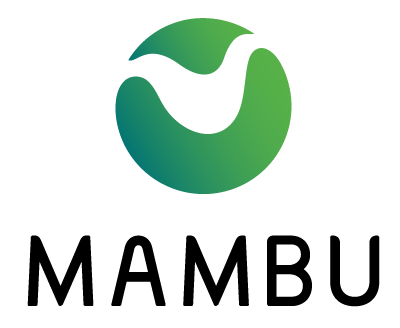- 11 Jul 2022
- 3 Minutes To Read
- Print
- DarkLight
- PDF
Clients and Groups Overview
- Updated On 11 Jul 2022
- 3 Minutes To Read
- Print
- DarkLight
- PDF
The term client is used in different ways in Mambu. In general usage, a client refers to any customer of your organization. Clients are represented in Mambu with accounts. There are two types: (individual) client accounts and group accounts.
A client account is used for any individual client, such as a person with an account at your bank. In this article, we will use the term individual client to refer to a client with a client account.
A group account is used for a client that is not an individual person, such as a business or legal entity. Group accounts are also used for joint accounts. Like a client account, a group account may be associated with loans and deposits and perform various transactions. Individual clients may be added to groups as members.
You may only blacklist individual client accounts. Blacklisting group accounts is not possible.
Blacklisting can be useful when know your customer (KYC) checks fail or when you observe suspicious activity on any accounts.
Group members and roles
You may add individual clients to a group account as members. Those individual clients may or may not themselves receive financial services from your organization. For example, you may have a group account representing a business, and wish to add individual clients to that group account to represent different employees of the business such as the CEO or accountants. You may create individual clients for those members and add them to the group account even if the CEO or accountants are not themselves individually customers of your organization.
You may create group role names such as CEO, secretary, or treasurer and assign them to group members. For more information, see Group Role Names.
Using group role names can be useful for communication, as you may send SMS or email notifications to members with a specific group role. For example, you may wish to notify all accountants working for a particular group customer any time the balance of any account drops below a certain threshold. For more information about setting up SMS and email notifications, see Communicating with Clients.
Client and group types
Every individual client or group is assigned a client type or a group type when created. An example of a client type is student. An example of a group type is joint account. You can create as many individual clients or groups based off of the same client or group type as you like.
The default client type is called Client, and the default group type called Group. You may create additional types, and the default types may be modified.
Certain permissions may be assigned to accounts based on their type. For example, some types allow members to open their own accounts. For more information, see Group Types and Configuring Client Types.
If you want to create individual clients or groups based off of other client or group types, you must first set them up in your tenant. For more information, see Client Types and Group Types.
In Mambu we sometimes refer to group types as group roles. For example in our Configuration as Code (CasC) implementation for client roles and group roles. We also sometimes refer to group role names as group roles. It is important to be aware when the term group role refers to group type or when it refers to group role name, as these are two separate concepts.
Client and group creation and management
Once you have set up any necessary client or group types in your tenant, you may use either the Mambu UI or API v2 to create and manage your individual clients or groups.
For more information about client and group creation and management via the Mambu UI refer to the relevant articles in the User Guide and for information about the API v2 capabilities, see the relevant Clients and Groups endpoints in our API Reference.


